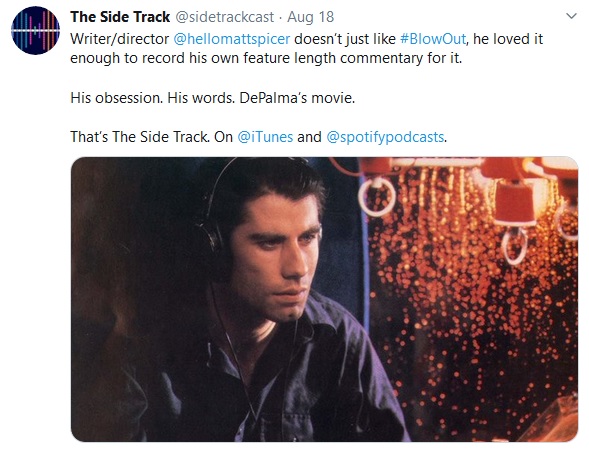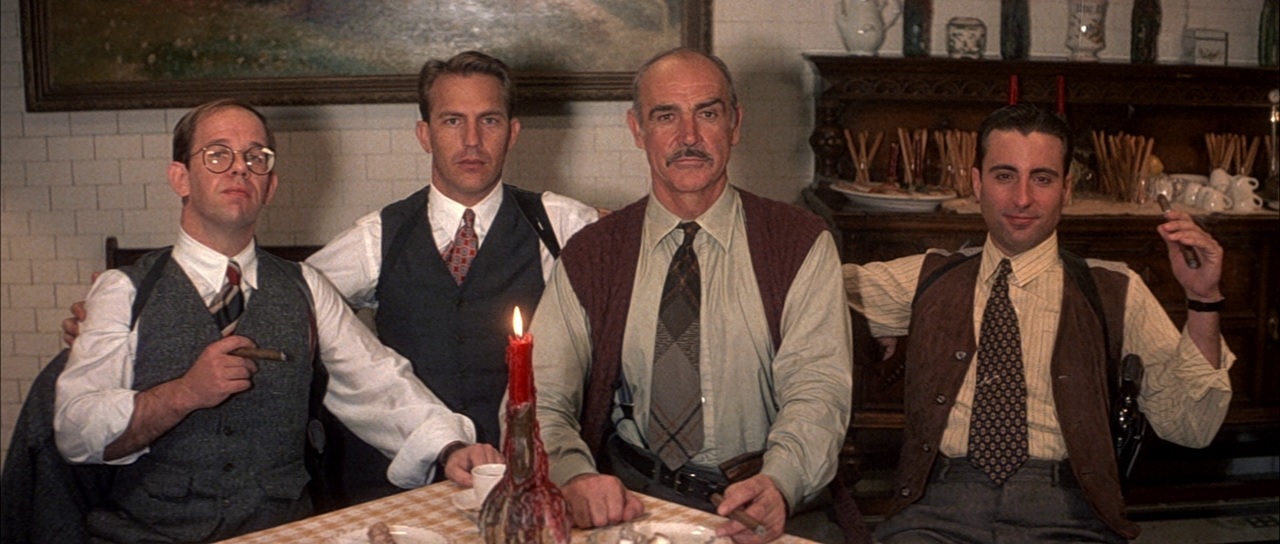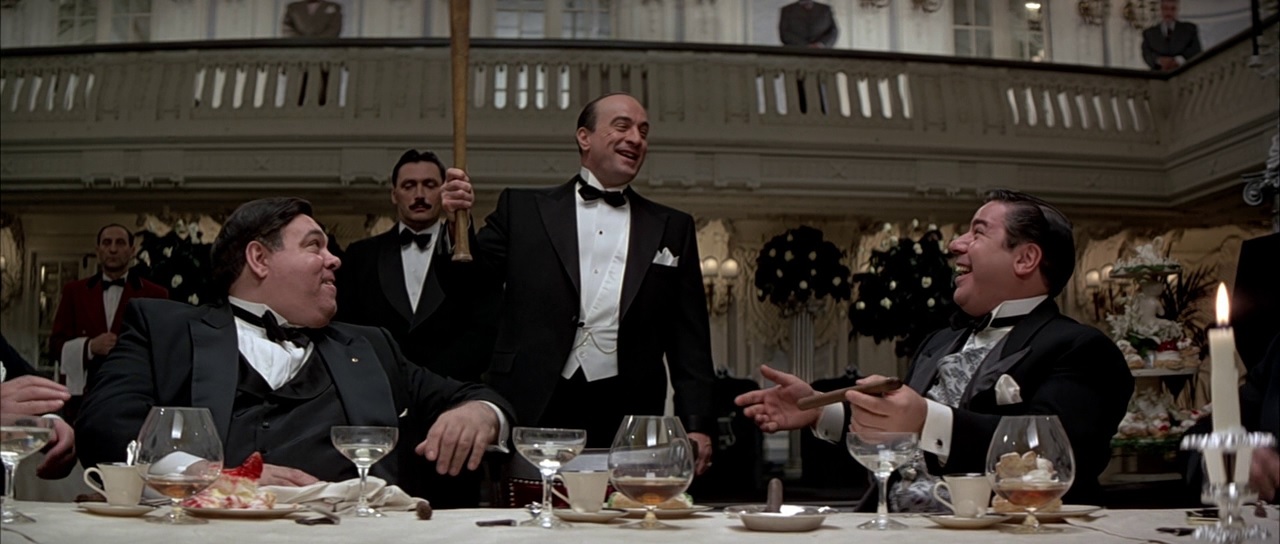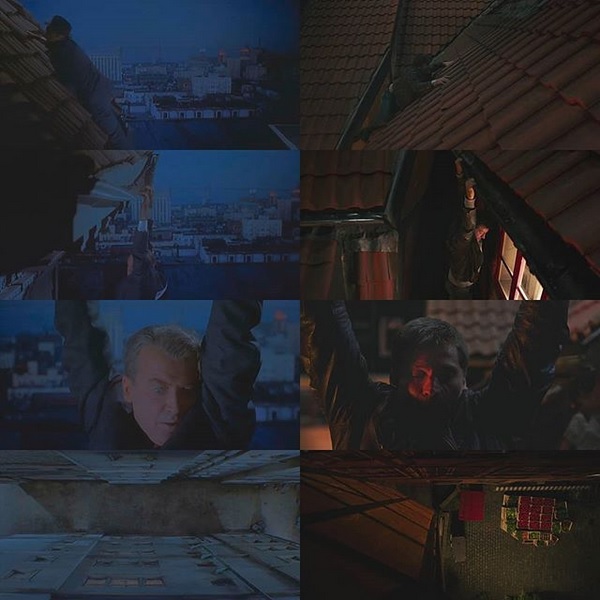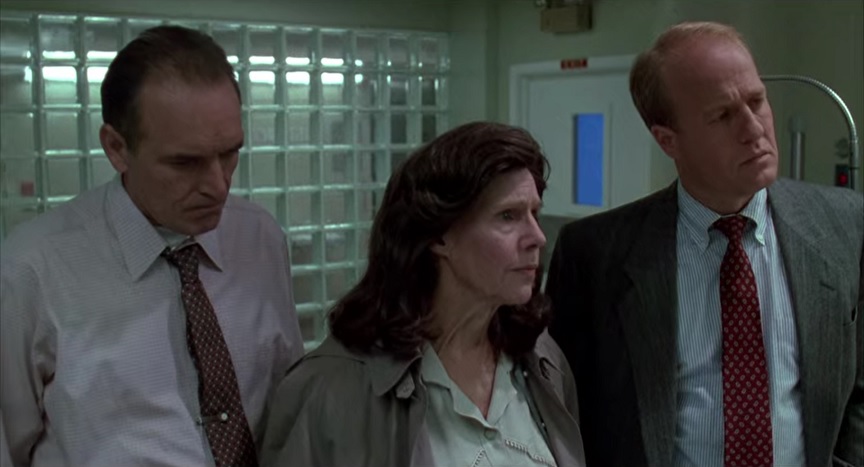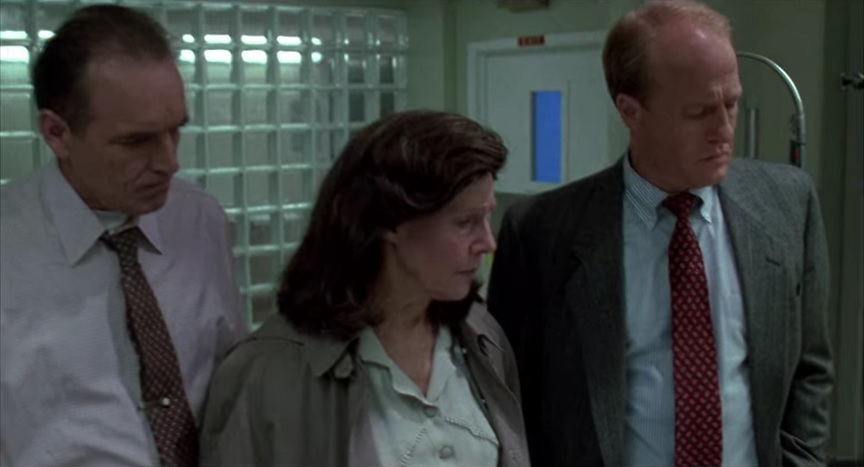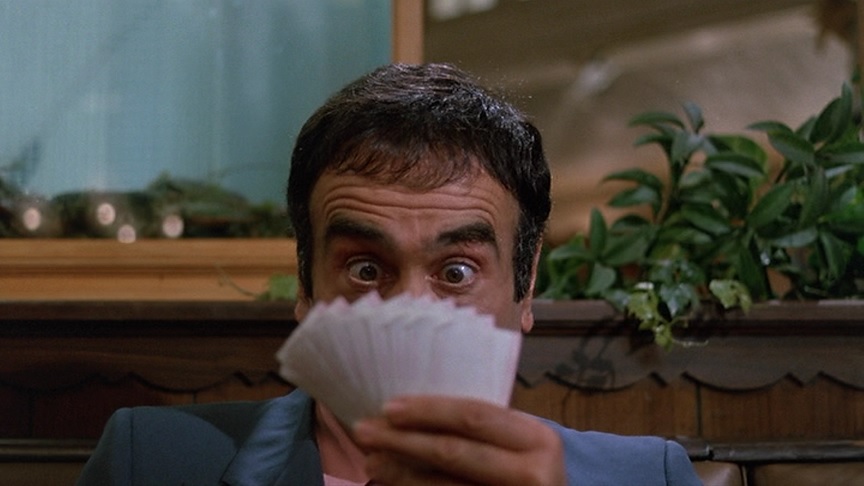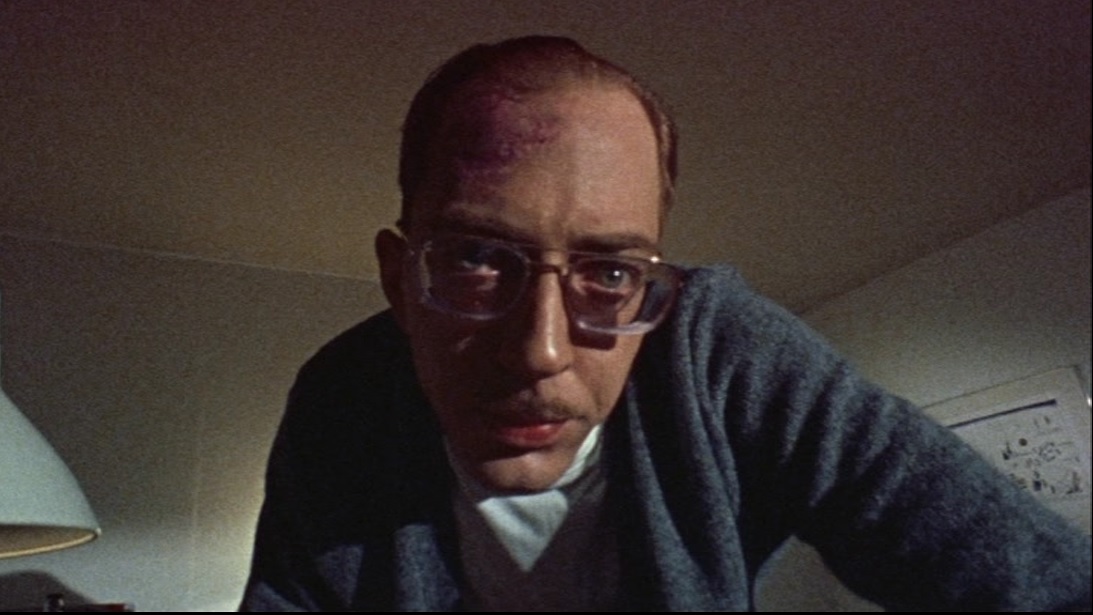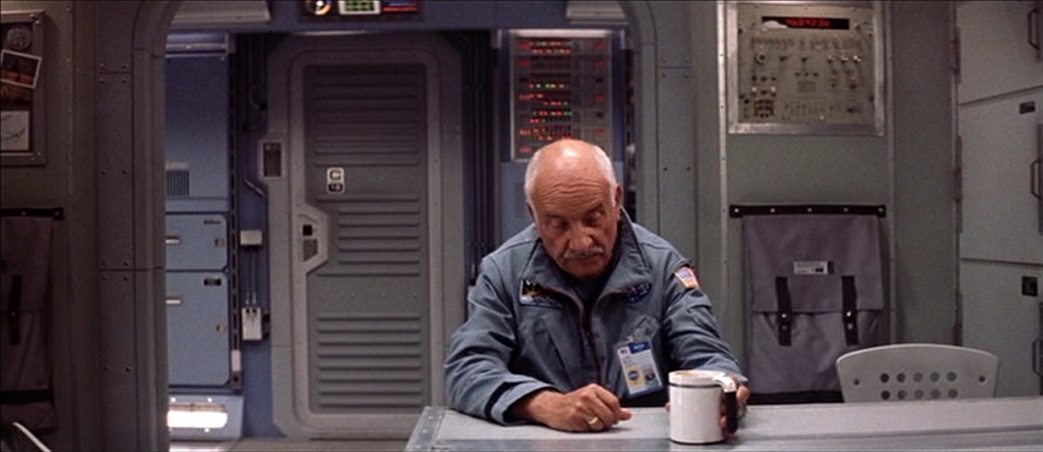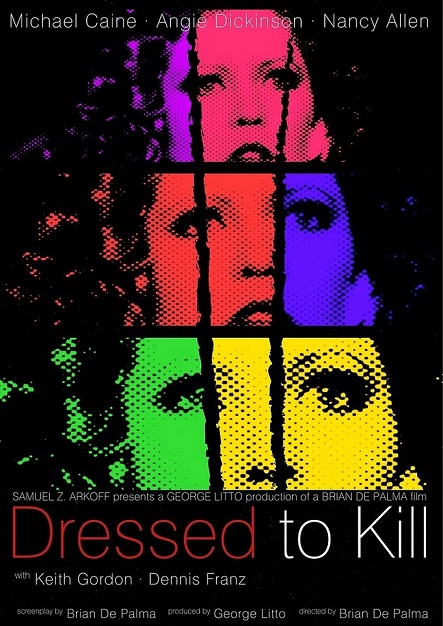MELODY THOMAS SCOTT ON DE PALMA & 'THE FURY'
"BRIAN WAS VERY MUCH A 'THROW THE SCRIPT DOWN AND LET'S IMPROV' KIND OF DIRECTOR"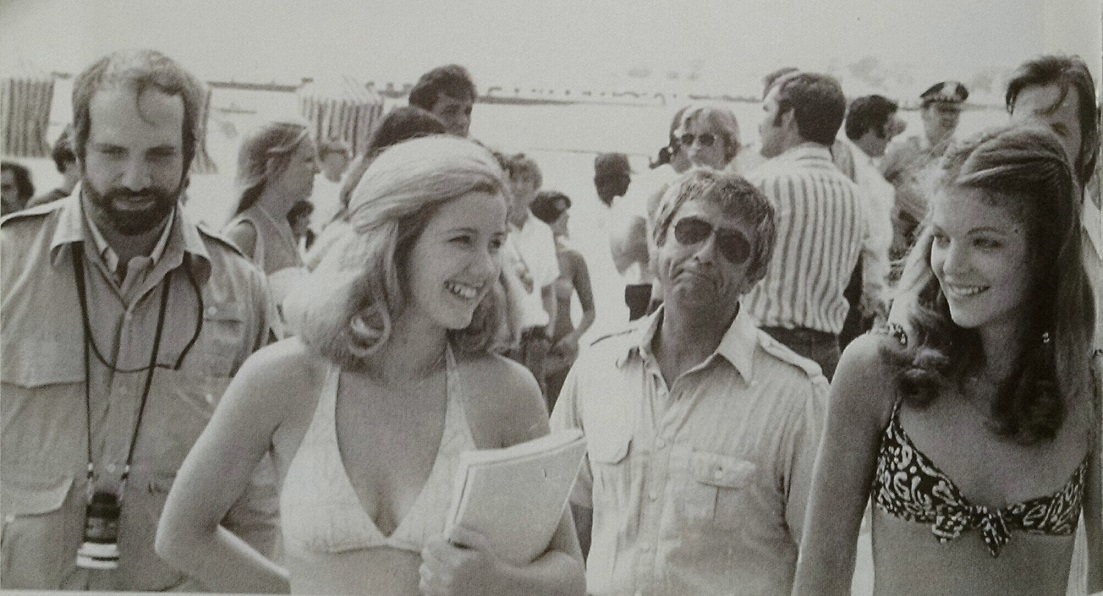
In her new memoir,
Always Young And Restless,
Melody Thomas Scott includes a chapter about her time working on
Brian De Palma's
The Fury, in which she played Gillian's best friend LaRue. Who can forget the film's introduction to the two best friends as they make their way along a Chicago beach and we get a taste of Gillian's psychic ability courtesy of a psychic stalker played by
William Finley. A behind-the-scenes photograph from that beach (above) is included in Melody's book (pictured from left to right: Brian De Palma, Melody Thomas Scott, script supervisor
Ray Quiroz, and
Amy irving).
In the book, Melody Thomas Scott recalls her work as a child actor and young adult, leading up to her role in The Fury and beyond. At 8 years old, she was directed by Alfred Hitchcock, cast as the young version of Marnie in Marnie (1964). "Days with Hitchcock were long and arduous," she writes, "partly because, unlike any director I've ever worked with since, he would take excessive effort to literally push us into position."
In 1971, she worked with Clint Eastwood on Don Siegel's The Beguiled. "Clint would greet us girls each day with a gentle kiss on the cheek. He was such a gentleman." She went on to have a small part as the kidnapped girl in Siegel and Eastwood's Dirty Harry.
And although Melody never once mentions Kirk Douglas in her chapter on The Fury, she has a chapter about being called to an interview at an office in Beverly Hills, where Douglas himself, after braiding her hair, cast her on the spot in a new western he was directing, Posse (1975). "The next thing I knew, he started braiding my hair," she writes in the memoir. "I know this sort of thing would never happen in today's culture but I can assure you, it was completely innocent. Kirk Douglas braided my hair."
After the filming of a scene with John Wayne in what would turn out to be his final film, The Shootist (and again with Don Siegel directing), and then angering John Landis by refusing to agree to do a topless scene in National Lampoon's Animal House ("He says he never wants to see you in his casting office again," Melody's agent told her, followed by "And you'll never be cast in any of his films-- end quote"), the book turns to the De Palma project:
It was June 1977, and I had an interview at 20th Century Fox with Brian De Palma, the director for Mission: Impossible, Carlito's Way, The Untouchables, Scarface, and many more. Of course, back in the late seventies, Brian was mostly known for directing Carrie, the [Stephen] King book-to-film adaptation that changed the world of horror films forever. It featured Sissy Spacek and a giant bucket of pigs' blood. Pigs' blood aside, my very first interview was with Brian himself and Amy Irving, the star of the movie. Brian was very much a "throw the script down and let's improv" kind of director, which suited me fine. Plus Brian seemed to take a liking to me right away, which also suited me fine. When he asked me to stay to read with some of the girls auditioning for other roles, I happily agreed.
I should be honest. I hadn't seen the movie Carrie, so I didn't know who Amy Irving even was. Not that it would have made much of a difference anyway. I had the sort of personality where it didn't matter who you were, I was going to be unfiltered and friendly regardless.
"So do you have a boyfriend?" I remember asking Amy during one of our audition breaks.
"I do," she said.
"Oh really? What does he do?"
"Mmm... He's a director," she said.
"Oh, really? What's he directed?" I asked nonchalantly, as if gabbing with a friend from school.
I could feel her unwillingness to answer my nosy question. She murmured quietly, "...Jaws."
Jaws? I certainly knew who Steven Spielberg was. This girl must be somebody special, I remember thinking. She's dating one of the most famous directors in the world! She would, of course, go on to marry Steven Spielberg, but that, I'm afraid, is not my story to tell.
I ended up being cast in The Fury as LaRue, best friend to Amy's Gillian Bellaver. Amy and I became fast friends during our time filming in Chicago. Or maybe she just couldn't fling me off! I stuck to her like glue, mesmerized by all that she was. Amy was sophisticated, savvy, world-traveled. Her father was a famous theater director and producer and her mother a well-known actress. Her best friend was Carrie Fisher. She traveled in circles not only with Steven Spielberg, but also Harrison Ford, George Lucas... I mean, Laurence Olivier was one of her family friends. To say she was out of my league would be a gross understatement.
In addition to forming a bond with Amy, the entire cast and crew became quite close. We'd play poker in the evenings up in Executive Producer Frank Yablans's penthouse suite where "everybody" was doing everything. I hate to dismiss the drug scene with a casual oh, but it was just the times. But... it was the times! Still, I had never experienced this scene face to face in my youth and here it was, presented to me for the first time. Not to sound like a goody two shoes, because I'm no angel, but I never did join in on that particular part of our cast bonding. No judgment for those who chose to go under the influence of drugs, though. I simply never trusted what drugs would do to me.
For more innocent fun, we could always count on John Cassavetes, who seemed to know Chicago like the back of his hand. He was always surprising us with impromptu dinners at amazing Italian restaurants. But there's one outing he treated us to that's hard even for me to believe all these years later, and i was there!
The King Tut exhibit was at Chicago's Field Museum at that time. Between our shooting schedule and the long lines at the museum, there was no way that any of us would be able to take a quick peek at King Tut. But it was a huge tour and the whole city was talking about it, and we desperately wanted to go.
One night-- I believe it was a Saturday-- Cassavetes treated us to yet another meal at an award-winning Italian restaurant. But our dinner was much later than usual, and we didn't leave the restaurant until around 11:30 p.m. After climbing into our waiting studio vans, our drives followed strict instructions on where to take us next. We were not going back to the Continental Plaza Hotel yet.
To this day I don't know how he did it, but Cassavetes had made arrangements with who knows how many museum contacts and employees. At midnight, our vans pulled up to a back entrance at the Field Museum; we got out, having been prepped in the vans to keep our voices down and do exactly as we were told. Abracadabra, and poof! We were taken into a private back hallway of the museum. Hocus pocus, and poof! We were ushered into its great public rooms by silent security guards. The next step was a bit trickier, as we had to bend down and jump over invisible alarm beams. I know! Seems preposterous, entirely made up, like something out of a spy movie-- but I was there. We did indeed see the King Tut exhibit that night, and afterwards were whisked into our waiting vans as secretly as we had arrived, then on to our hotel. Another unbelievable evening courtesy of John Cassavetes! It was certainly one of my most memorable filming experiences.
The film was coming to an end and we all worked hard to finish the location scenes in Chicago, including a sequence shot at a real high school where actual students were cast as extras. One of those extras was a young girl named Daryl Hannah. She wasn't known at the time, but years later I thought, my goodness! That's the girl who played one of the extras at the girl's school. Watch the film very closely and I bet you can spot her!
As is often the case, my friendship with Amy came to an end as soon as the shoot did. But the thrill of working with Brian De Palma became one of the highlights of my career. Boy, what a talented director. He is such a master collaborator that he manages to not only make all cast and crew comfortable, but compels them to bring their absolute best to the table, in order to assist him in his ultimate vision. Not an easy feat to pull off. I was disappointed that The Fury didn't do very well with the critics or the box office. But I wouldn't have given up this wonderful experience for all the gold in the King Tut exhibit!
